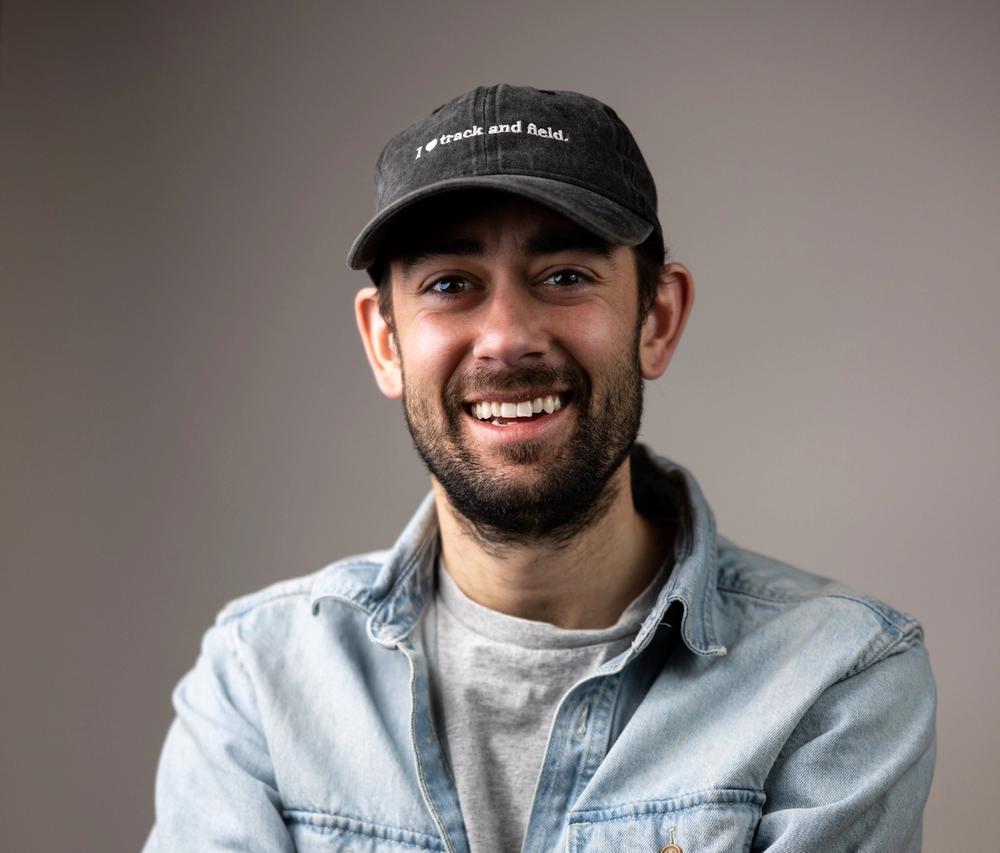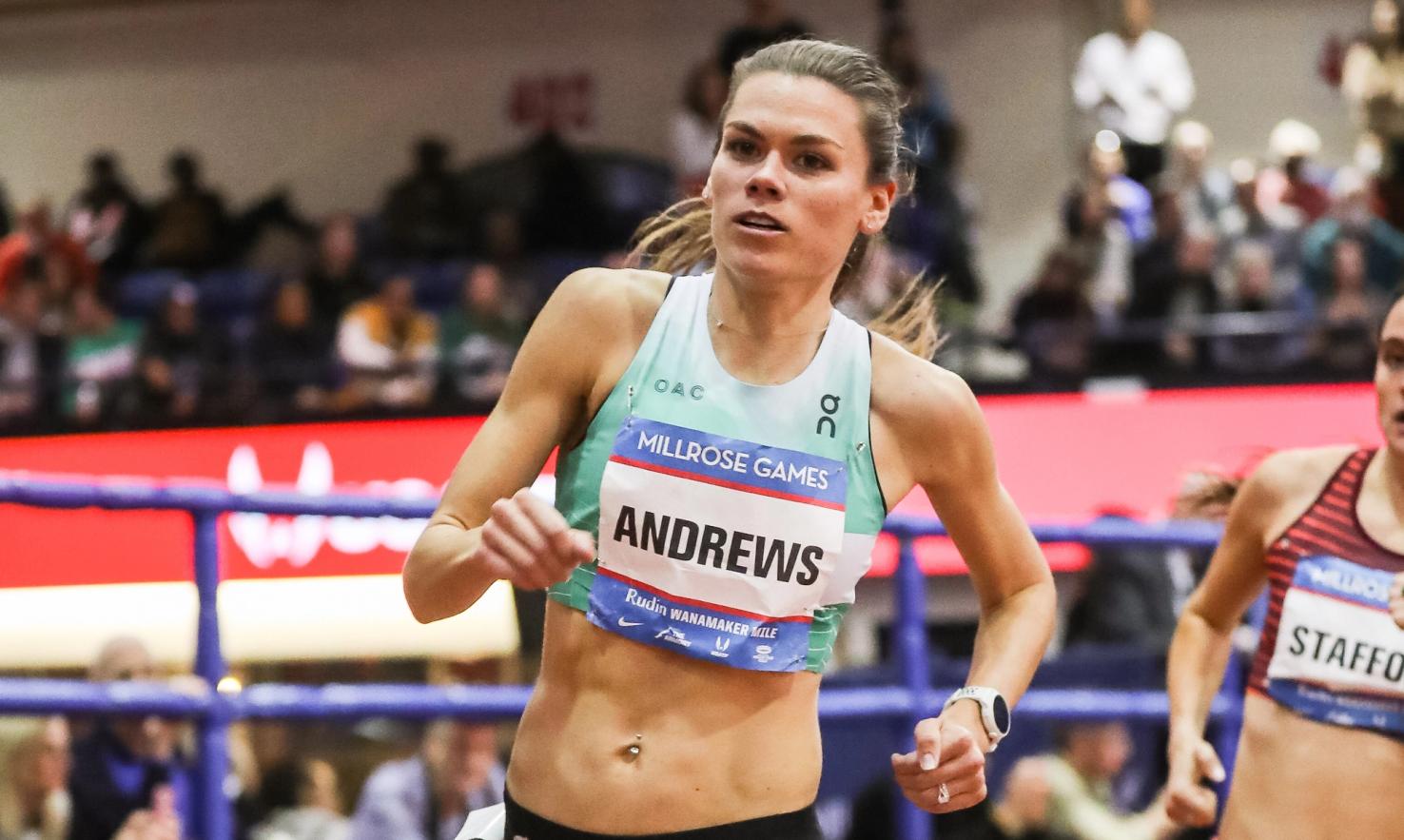By Kyle Merber
January 24, 2024
In last week’s Coffee Club podcast the blokes played a fun game of drafting teams of the best four meets on the calendar – in my opinion, Joe Klecker had the best lineup, led by a strong first pick with the Oslo Diamond League. They encourage listeners to draft their own teams and I think I can win this whole thing exclusively in one city: The Boston Marathon, Indoor Heps at Harvard, New Balance Nationals (sponsored!), and literally any meet at Boston University.
The Terrier Invitational is set for this weekend and the main event is the men’s 5000m (Friday night on Flotrack). Except the fields are so deep that they will be split into two, with Woody Kincaid and Abdi Nur in one with Yared Nuguse and Joe Klecker in another. As you may imagine, this has certain participants of the Citius Mag group chat up in arms (Hint: It’s Mac and Fauble).

A knee-jerk reaction would have you cursing the meet directors for taking such action, right? Well, it’s not their fault that the entire system as put in place by World Athletics is to use the indoor season to chase times. The stated goal for the majority of athletes is to achieve the Olympic standard of 13:05.00 – not to break records or win. A well-paced race, run on a less congested track makes that easier.
In theory, these “competitors” are going to be working as teammates for the first 4600m anyway, as they take turns pushing the pace and closing gaps because one other guy getting the standard doesn’t block anyone else out. There is a surplus of men capable of running the time entered, and if too many are there then inevitably it becomes a very long or thick train to ride.
It is therefore in the coaches’ interest to split the heats up, and Boston University is happy to do so because they’d like to continue being the go-to track for time trials. The influx of entrants to next year’s meet after 20 guys break 13:00 this weekend will probably double BU’s endowment. Right now there is more money to be made from entry fees than there is from sponsorships or TV dollars.
And that’s the conundrum in the system: World Athletics is not requiring that its product is built for entertainment. These types of meet exist as a means to an end and if some races just happen to be fun to watch, then that’s a nice bonus. And so let me concisely sum up the issue with modern track and field:
More fans will experience a record-breaking performance as a graphic on the internet than will actually watch the race live.
If this were a professional-only meet, then there’d be a few broken hearts and upset agents since certain athletes are left on the outside looking in. It has been suggested by this newsletter before that college athletes and professionals should not be so intertwined and in this case that might mean the likes of Ky Robinson and Nico Young do not run in the fastest heat despite their fitness to do so. That would be the collateral damage of professionalizing the sport.
Now there is a solution for collegians wronged by this line being drawn in the sand… and it is to become a professional.
Instead we’re damned to split heats, and complain about a lack of clearcut professional track season. Here’s hoping this entire discussion will be nullified once we witness the glory of someone running stupid quick.
The women’s field isn’t so large that it’ll need to be divided into two even heats, however, Alicia Monson will be rabbiting Josette Norris, Rachel Smith, Courtney Wayment and a strong Ethiopian contingent.

Kyle Merber
After hanging up his spikes – but never his running shoes – Kyle pivoted to the media side of things, where he shares his enthusiasm, insights, and experiences with subscribers of The Lap Count newsletter, as well as viewers of CITIUS MAG live shows.




